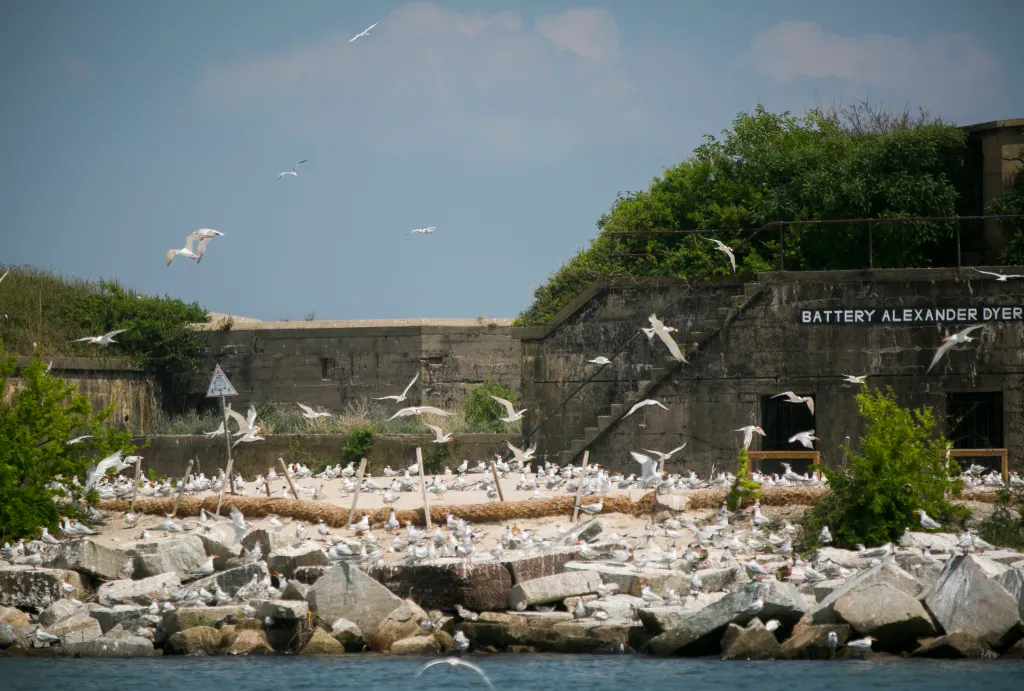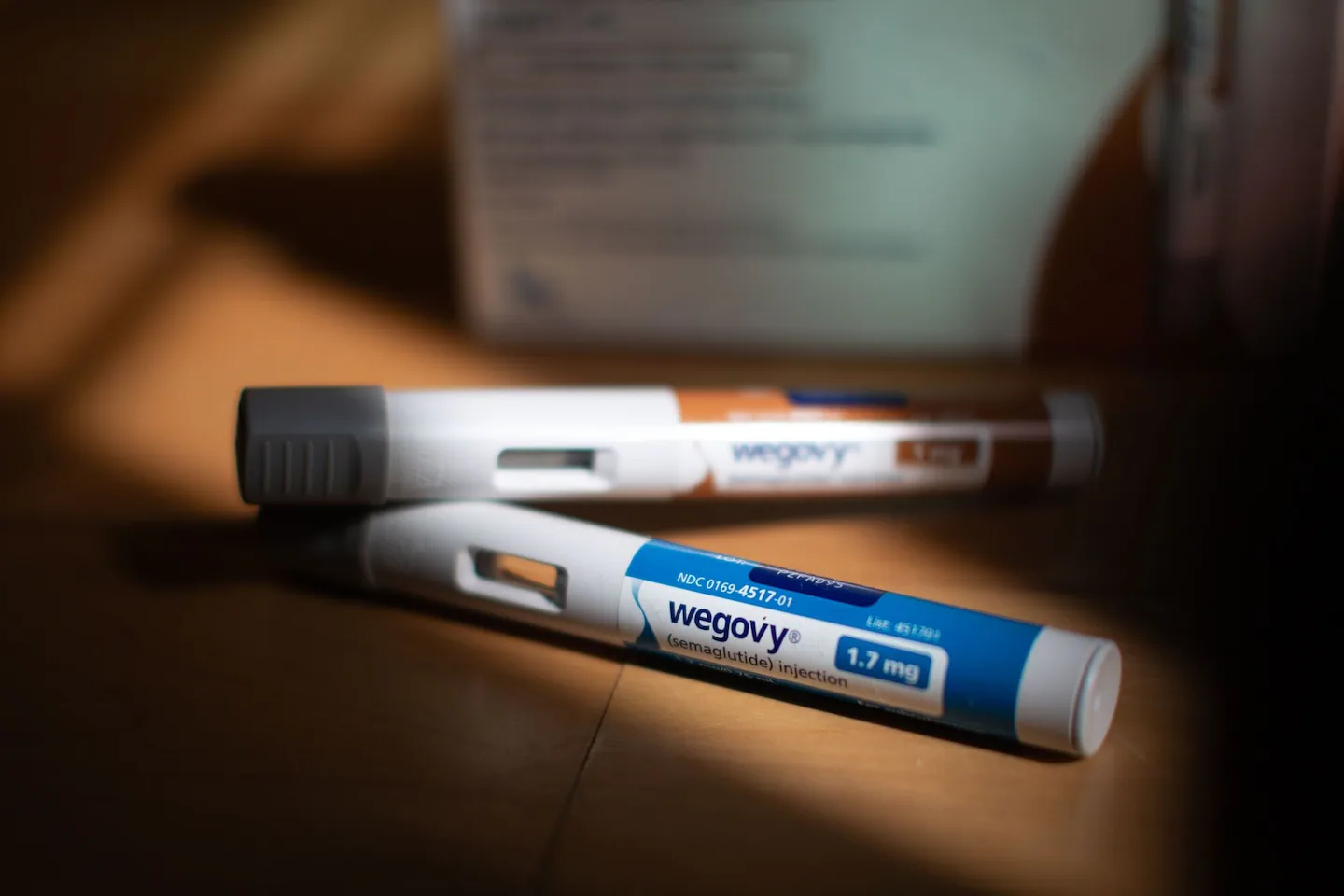Copyright Norfolk Virginian-Pilot

After a few years of emergency measures and hopeful planning, it looks as though a new island big enough to be a permanent home for the migratory seabirds crowded onto Fort Wool is about to become a reality. That’s great news not only for the birds, but also for anyone who cares about the coastal environment that makes Hampton Roads what it is. For years, as many as 25,000 seabirds migrated each spring to the Hampton Roads Bridge-Tunnel’s South Island to lay eggs and hatch their young. Together, the birds — including royal terns, sandwich terns, laughing gulls, black skimmers and other species — made up one of Virginia’s most important colonies of migratory seabirds. Some of these birds nest almost nowhere else in the commonwealth. They are a vital part of the complex coastal environment that is a foundation of the Hampton Roads environment, economy and lifestyle. But after work started on the expansion of the HRBT, the birds found that heavy equipment and human workers had taken over their nursery. The problem was an unwise change in interpretation of the federal Migratory Bird Treaty Act’s regulations. The first Trump administration had issued an opinion saying the rules applied only to intentional, not incidental, killing of birds. Because of that, the Virginia Department of Transportation made no plans to mitigate the impact of this disruption on the birds. Fortunately, environmentalists and other residents raised the alarm, and then-Gov. Ralph Northam supported an emergency effort to move the birds’ nesting activities temporarily to Fort Wool, a state and national historic site connected to the South Island by a rock jetty. How they lured them is a great story involving decoys and loudspeakers spouting raucous bird calls. The strategy worked so well that Fort Wool is now overcrowded during nesting season, and structures there are coated with bird droppings. “Temporarily” is a key word. Even though the state pays $2.6 million a year to barges moored beside Fort Wool, there’s only about 2.5 acres of nesting area, about a quarter of what the birds used at South Island. From the beginning, the idea was to build a larger, permanent home. Now the federal Army Corps of Engineers is putting final touches on a proposal to use dredged material to build a 9.7-acre island along the Hampton Bar, about a mile south of downtown Hampton. Plans are for construction to start in 2027. The project is expected to cost $15.9 million, with the federal government paying 65% of the cost, and the state covering the rest, mostly with money set aside in the most recent state budget. Once the island is built, the hope is that decoys and loudspeakers will once again help lure the birds to their new home. There are also hopes that once the birds are gone, Fort Wool can be reopened as a historic site. The fort, then named Fort Calhoun, was built in 1819 to join with Fort Monroe in efforts to resist European aggression. It is an important part of the story of Hampton Roads not only for its role in the fledgling nation’s defense and in the Civil War, but also because slaves built the fort and it later was a refuge for escaped slaves. Things are off to a good start for the migratory birds’ new island home, and historians and other residents, as well as state leaders, are considering how to revive Fort Wool as a historic attraction. Both projects are worthwhile. The new island will give the seabird colony a much better chance of surviving for the long haul. Fort Wool should once again be an important part of efforts to tell the region’s complex history. Obstacles remain — this is by no means a finished deal — meaning leaders and advocates must make sure that work on the new island progresses as planned and that expected federal funding is forthcoming to complete this effort.



